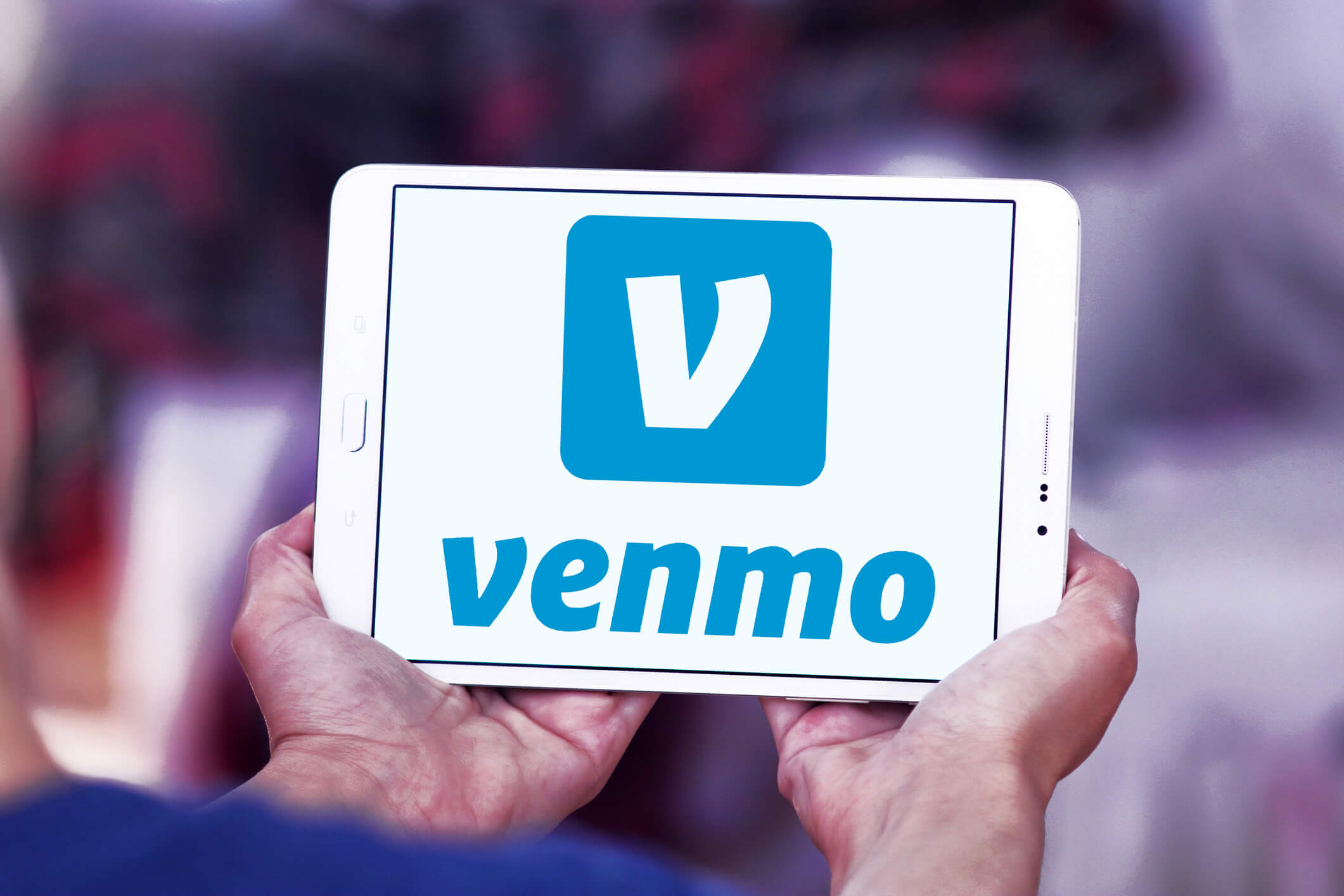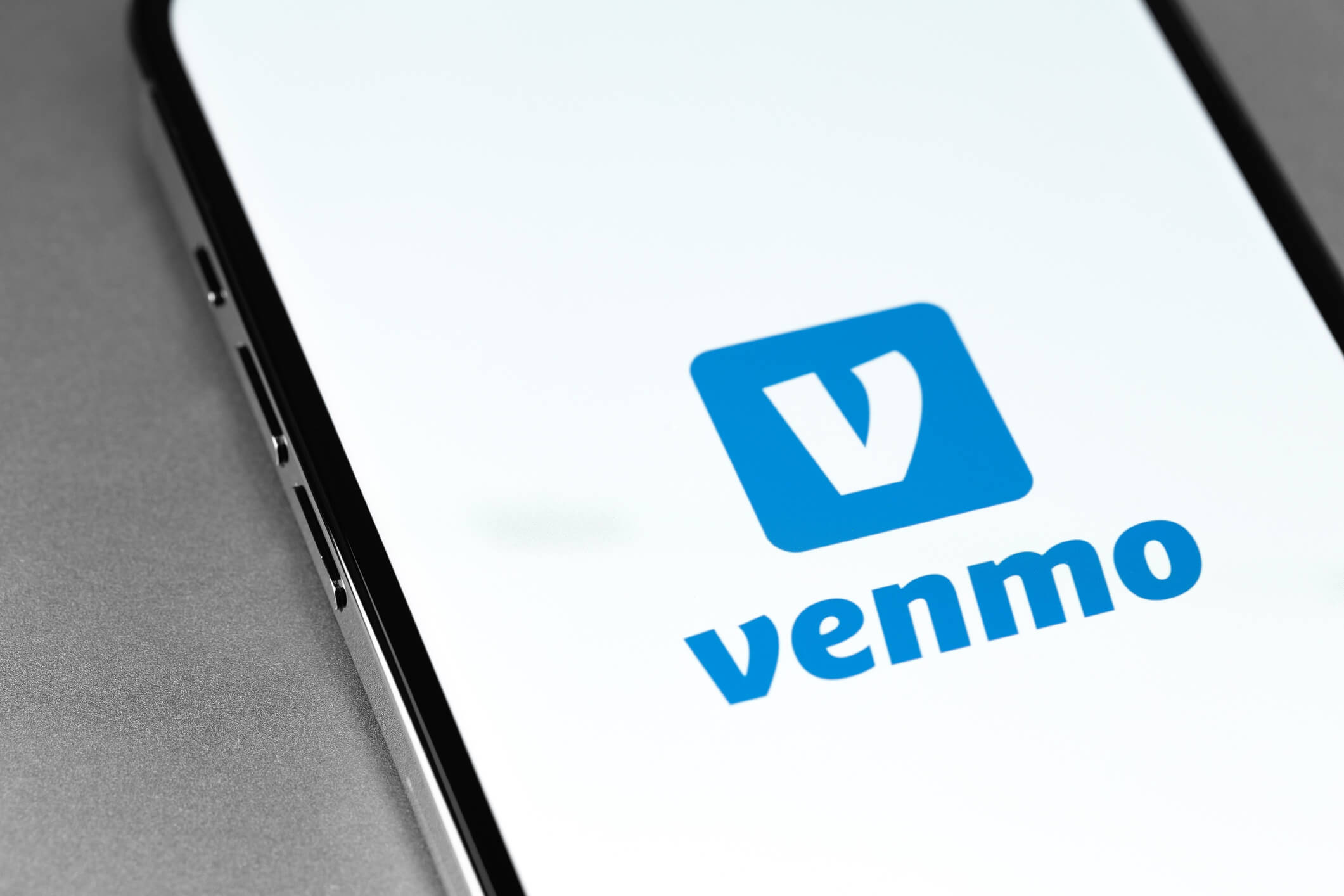Venmo has become a popular payment app among millions of users, allowing them to easily send and receive money with just a few taps on their smartphones. However, there may come a time when you find yourself in a frustrating situation – your Venmo account is frozen. This can be...
How to Handle Venmo Payment Declined
Venmo has become a popular payment platform for millions of users around the world. With its convenience and ease of use, Venmo allows individuals to send and receive money with just a few taps on their smartphones. However, like any other payment system, Venmo is not immune to issues, and...
Can I Use Venmo for My Gym Businesses? A Detailed Guide
In today's digital age, businesses are constantly seeking innovative ways to streamline their operations and enhance customer experience. One such solution that has gained popularity in recent years is Venmo. Originally designed as a peer-to-peer payment platform, Venmo has evolved to cater to businesses as well. In this comprehensive guide,...


